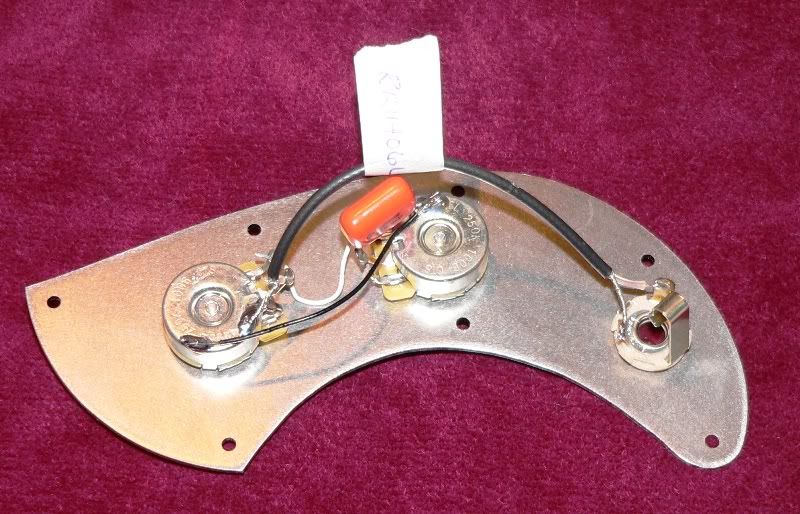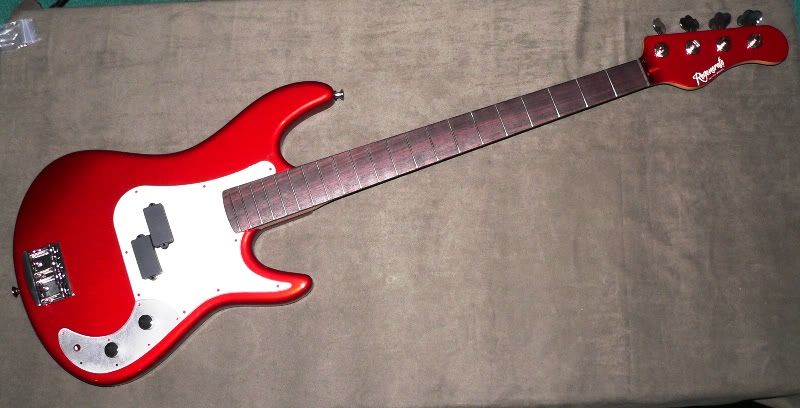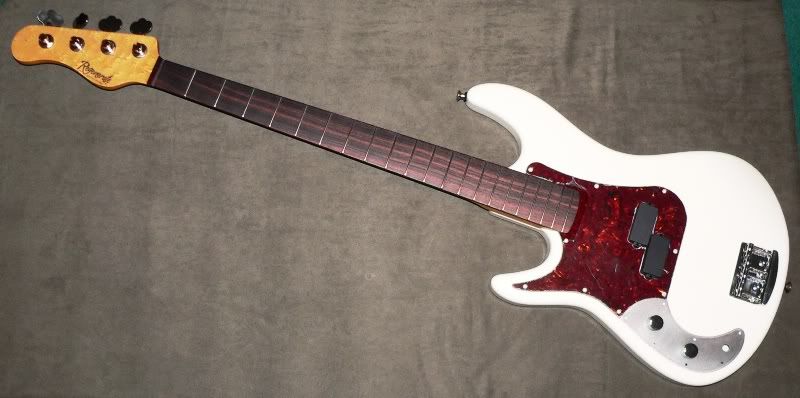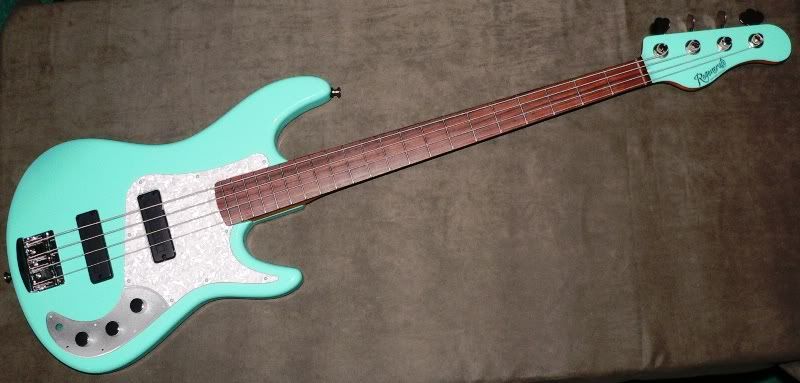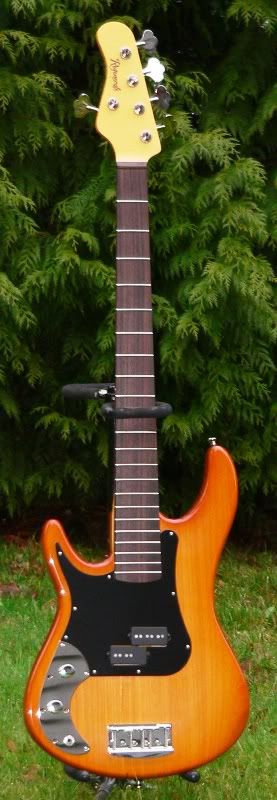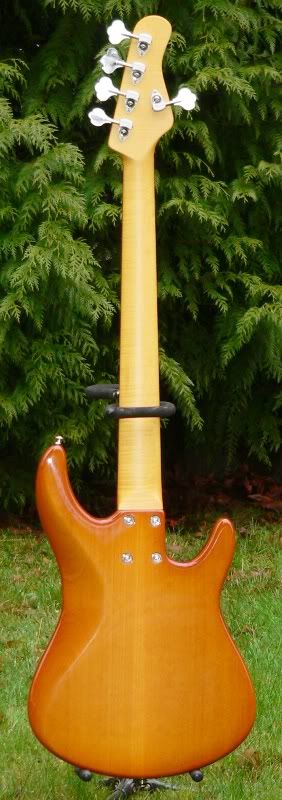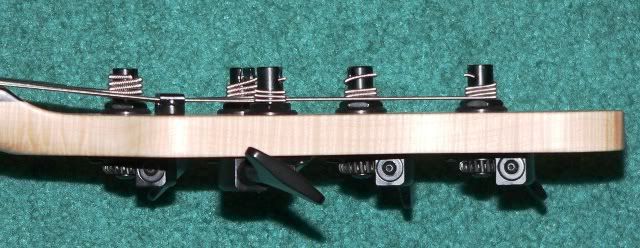Rodent wrote:
by design I use a non-reversed tuner on the G-string for several reasons
- ergonomics: it is more ergonomic on the wrist to tune than a non-reversed tuner would be because you are turning towards your body at a natural bend vs. away from your body with a forced pinching of the wrist
Interesting theory... doesn't make much sense to me, though.
Don't you have to turn the tuner in both directions to tune? When I tune, whether I'm sharp or flat at the beginning, I'll detune about a 1/4 step below the target note, and then tune up to it from there. So I'm turning my tuner in both directions pretty much every time I tune.
Just to get a better idea, I grabbed my 35" scale 4+1 Lull M5V to experiment... I actually had a much easier time manipulating the G string tuner than I did the D... or the A, for that matter. The D is a long reach. And since it's on top of the headstock, I have to arc my wrist in a way that can makewrist movement a little uncomfortable.
However, I find the G string to be pretty easy to manipulate... it's several inches closer to me and I can hold it in a "palms up" manner that gives me a little better wrist movement. I have no problem turning the tuner in either direction at all.
If all my basses were built that way, I might be able to get used to it eventually, but... I think it would drive me insane otherwise. It's hard enough for me to try and remember which way to turn the vintage kluson-style tuners on my '64 CS jazz bass, let alone having to remember to turn one tuner the opposite way.

Rodent wrote:
- position: locating the tuner in this position was a piece in eliminating the deadspot semi-common on a 5-string G-string at the 5th/7th frets
I'll have to take your word on this... I've never had a 5-string with any deadspot issues that were bad enough to worry too much about, if any of them have had any at all.




